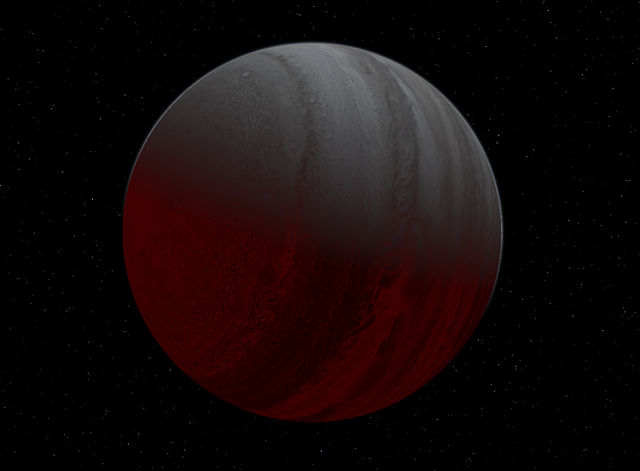Exoplanets, or extrasolar planets, are planets that orbit stars other than our Sun. The study of exoplanets has provided incredible insights into the diversity of alien worlds and expanded our understanding of the universe. Here are some of the wonders and insights that exoplanets have offered:
1. Vast Numbers:
The discovery of exoplanets has revealed that the Milky Way galaxy is teeming with planets. There are likely billions of exoplanets in our galaxy alone, suggesting that planets are common in the universe.
2. Habitable Zones:
Exoplanet research has identified numerous exoplanets located in their star’s habitable zone, where conditions might be suitable for liquid water to exist. These exoplanets are considered potential candidates for hosting life.
3. Diversity of Exoplanets
Exoplanets come in various sizes, compositions, and orbits. There are gas giants like Jupiter, rocky planets like Earth, and even bizarre worlds with characteristics unlike any in our solar system.
4. Hot Jupiters:
The discovery of “hot Jupiters” challenged our understanding of planetary formation. These gas giants orbit very close to their parent stars, where extreme temperatures and gravitational forces are present.
5. Exomoons:
Scientists are actively searching for exomoons, natural satellites orbiting exoplanets. The presence of exomoons could have significant implications for habitability and the potential for life.
6. Atmospheric Studies:
Advanced telescopes and instruments have enabled scientists to analyze the atmospheres of some exoplanets. This has provided insights into their compositions, weather patterns, and potential habitability.
7. Tidally Locked Worlds:
Some exoplanets are tidally locked, meaning one side permanently faces their star while the other remains in perpetual darkness. These worlds present unique climate challenges and have sparked discussions about the potential for habitability on their twilight zones.
8. Exoplanets and Exobiology:
The study of exoplanets has reignited interest in the field of astrobiology. Researchers are investigating the potential for life on other planets, considering extreme environments and alternative biochemistries.
9. Transiting Exoplanets:
Transiting exoplanets pass in front of their host stars as viewed from Earth, causing periodic dimming of the star’s light. This method, known as the transit method, has been highly successful in detecting and characterizing exoplanets.
10. Kepler and TESS Missions:
NASA’s Kepler and Transiting Exoplanet Survey Satellite (TESS) missions have been instrumental in discovering thousands of exoplanets, transforming our understanding of planetary systems.
11. Exoplanet Imaging:
Advanced telescopes like the James Webb Space Telescope (scheduled for launch) aim to directly image exoplanets. This capability could provide valuable data on exoplanet atmospheres and surfaces.
12. Exploring Exoplanetary Moons:
The study of exomoons and their potential for habitability has opened up exciting avenues for future exploration and research.
Exoplanet research continues to evolve rapidly, pushing the boundaries of our understanding of planetary systems and the potential for life beyond Earth. As technology advances and our methods for studying exoplanets improve, we can look forward to even more wonders and insights from the exploration of these alien worlds.










